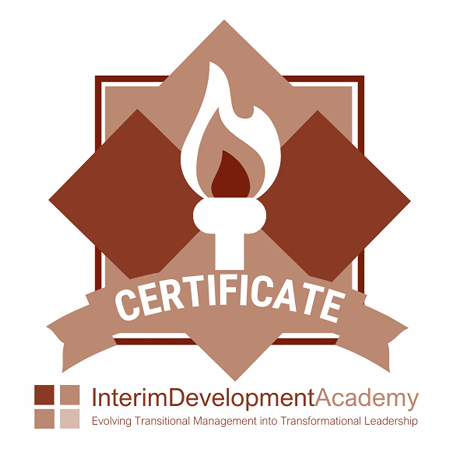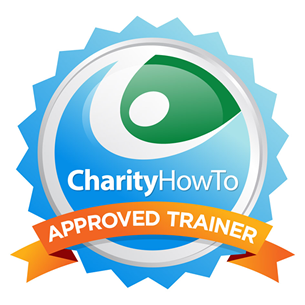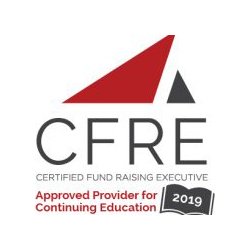A guest post by Dennis Fischman of Communicate! Consulting
For many nonprofit organizations, summer is a slow time. If you are in Development and Communications, you know that many of your supporters are at the beach or running “mommy camp” at home.
They are not spending as much time looking at the communications you send them, so you might be tempted to take the summer off. That would be a big mistake.
Right now, you have the luxury of time. You can spend hours or whole days thinking about the basics of donor communications. When are you going to have that luxury again? Certainly not in September!
So, let’s revel in the slower pace of summer and tune up your communications with your donors. Let’s start with the fundamentals: your email list, your database, and your website.
Spend some time with your mail and email lists.
How well do you know the people on your list?
For some of them, a face may immediately pop into your mind, along with a recollection of every time you’ve ever met them and what they told you about themselves. For others, the names may be just words on the page.
This summer would be a good time to get to know your audience better.
What are some of the things you want to know about them, and how will you find out?
- Why do they care about your organization? That’s the single most important thing you can know about a donor or potential donor. You might already have notes on it, or someone who works at your nonprofit may be able to tell you the story. If not, take the time to call and ask.
- What do they prefer to be called? This is a tricky question, and the answer may vary by age, gender, and culture. Again, the best thing to do is ask.
- What’s their favorite way to hear from you? Do they prefer email, newsletters, phone calls, or text messages? You might want to include that question in a survey.
- Once you know more about your donors, prospects, and other audiences, you can start sending them the messages that matter most to them, in the form they enjoy the most. You can do that most easily with a database.
Spend some time with your organizational database.
As a famous article states, Excel is not a database. Neither is an email marketing service like MailChimp or Constant Contact. With a database, you can not only keep records of what people care about – you can easily segment your lists and send different messages to different people.
“Oh, we’re just a small organization, people don’t expect us to do that.” Not true! Because you are a small organization, your audience expects you to know them and speak to them personally. In 2019, the tools are there to make it easy to send the right messages to the right people (and call them what they want to be called too!)
So, once you’ve found out more about your donors, enter the data into your database in a way that will make it easy to use. Think about what you just need to refresh your memory about what you’ve decided to call the donor (which can go in a note field) and the things you need to group them with other like-minded people.
For instance, if you’re an animal rescue organization, you need to know: is this a dog person or a cat person? With a good database, you can at least send four different messages: to cat people who are donors, cat people who haven’t given yet, dog people donors, and dog people who have yet to make their first gift.
Of course, you have to make sure your database is clean, consistent, and up to date.
Work on that this summer and you will see the results in your end-of-year appeals!
Spend some time with your website.
Even if you ask for donations by mail or email, a lot of people will go online to give. When people visit your website, it should be a welcoming place. They should be able to find what they’re looking for and to do what they came to do there. This summer, look again at your website and consider these ten questions:
1. Does your nonprofit website function smoothly on mobile devices? (These days, MOST of the time, people are visiting your website via their phone!)
2. Have you made it accessible to people with low vision, including people who use screen readers?
3. Do the photos on your website tell the story of what your organization does?
4. Do you tell plenty of stories in the text, too?
5. Is it easy to find the Donate button from every page of your website?
6. When people get to the Donate page, are you reinforcing the answer to “Why should I give?”
7. Are you cluttering up the Donate page with anything that’s not related to the message “Give now”? (Get rid of it!)
8. When the donors click to give, is your page sending them a thank-you that’s warm and genuine and makes them feel “I made the right choice”?
9. Does your automated thank-you give the donor a chance to do something else right away, like answer a survey question or sign up for your newsletter?
10. Does your Donate page integrate seamlessly with your database so that you can keep track of who loves you?
Happy summer!
Enjoy taking the time to do the things that will benefit your nonprofit all year long.
Photo by Vicko Mozara on Unsplash
Guest author
 Dennis Fischman runs Communicate! Consulting, where he helps nonprofits to make loyal friends through your donor communications. To find out more about how you can raise more funds by showing the love to the donors, check out the Communicate blog at https://dennisfischman.com.
Dennis Fischman runs Communicate! Consulting, where he helps nonprofits to make loyal friends through your donor communications. To find out more about how you can raise more funds by showing the love to the donors, check out the Communicate blog at https://dennisfischman.com.











Leave a Reply
Want to join the discussion?Feel free to contribute!